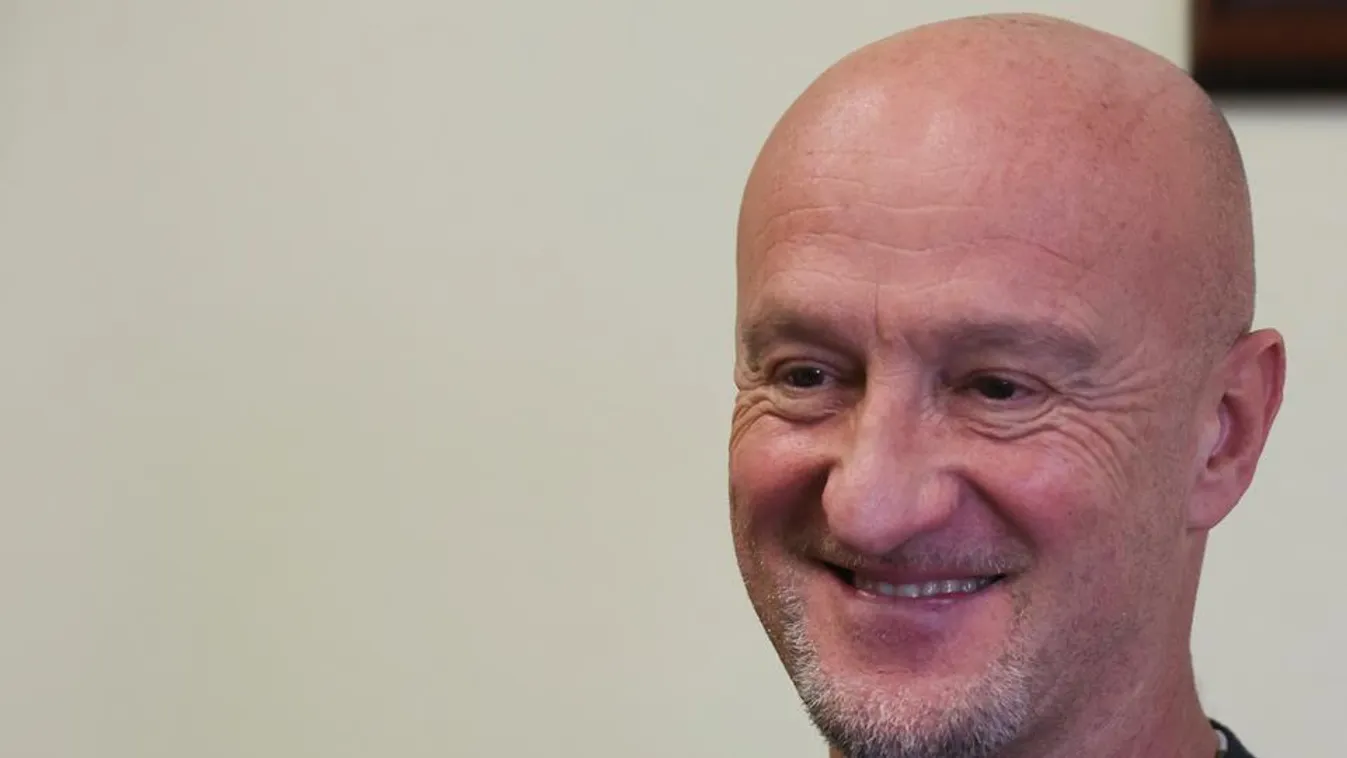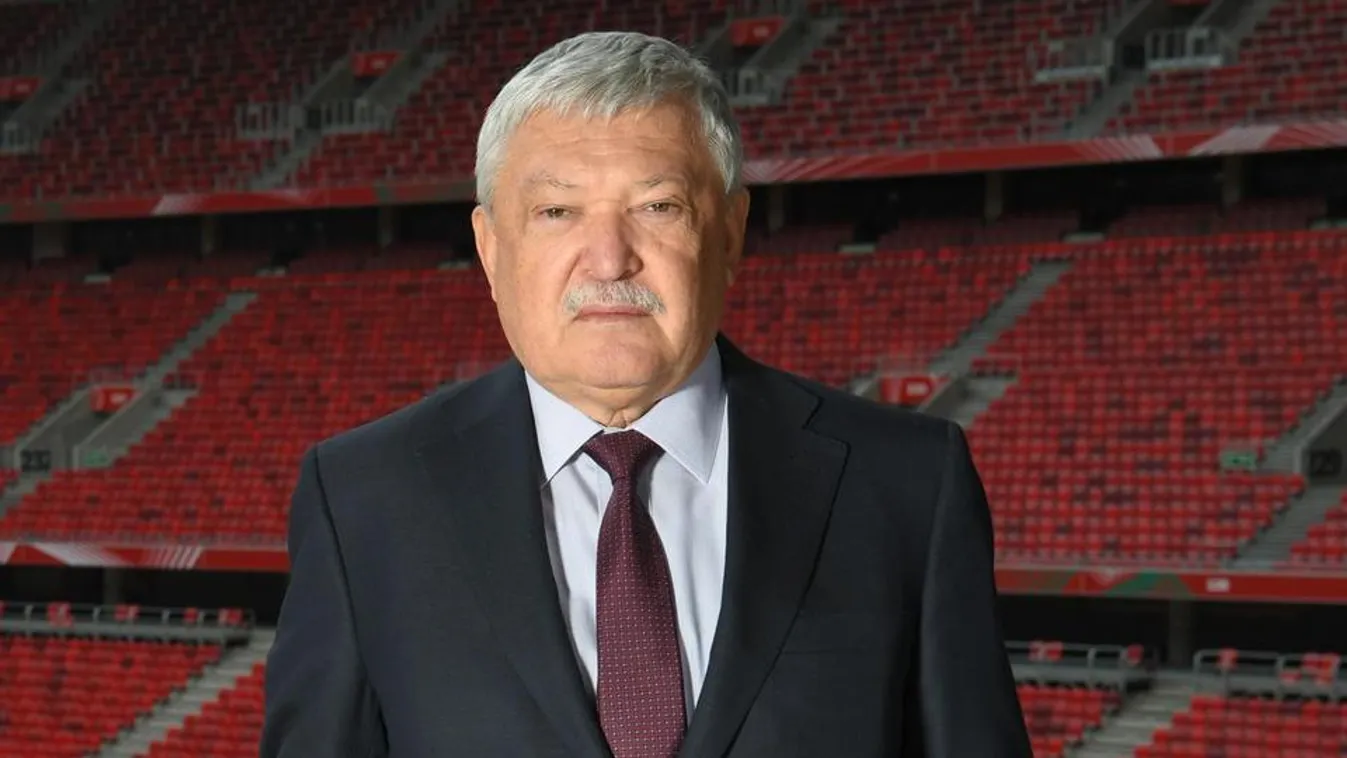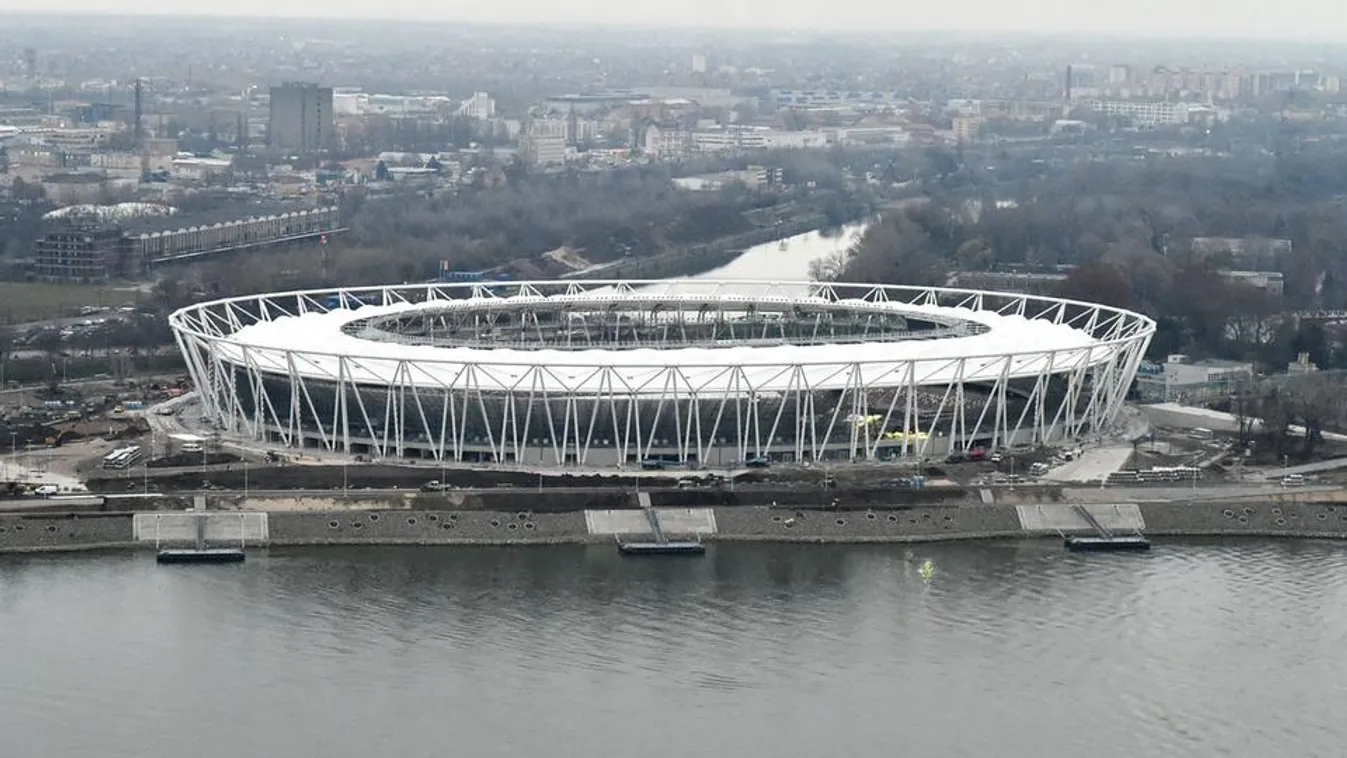Hungarian national team: one hundred and twenty years of globetrotting
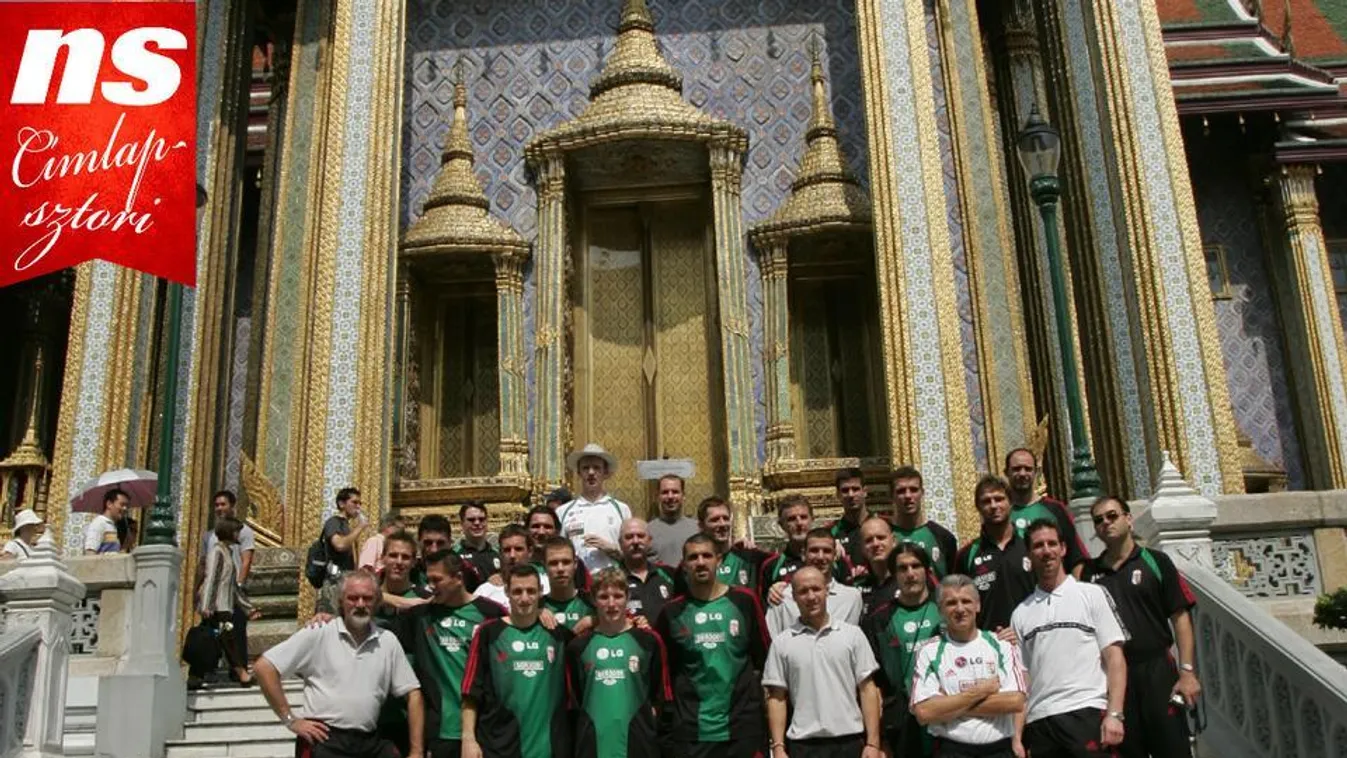
Unsurprisingly, the first opponent in 1902 was Austria with whom we were then a Dual Monarchy and whom we have played the most matches (137) in the national team to date. Our colleague, Gábor Thury, wrote extensively about that first match in our Népsport retrospect. On the occasion of the 120th anniversary, we recall those matches out of the 973 official national team games played since then that our national team played against rarely seen and sometimes quite useless opponents in exotic locations, and that were played on every continent in these 12 decades.
CONCACAF zone: the head coach's farewell match against Antigua and Barbuda
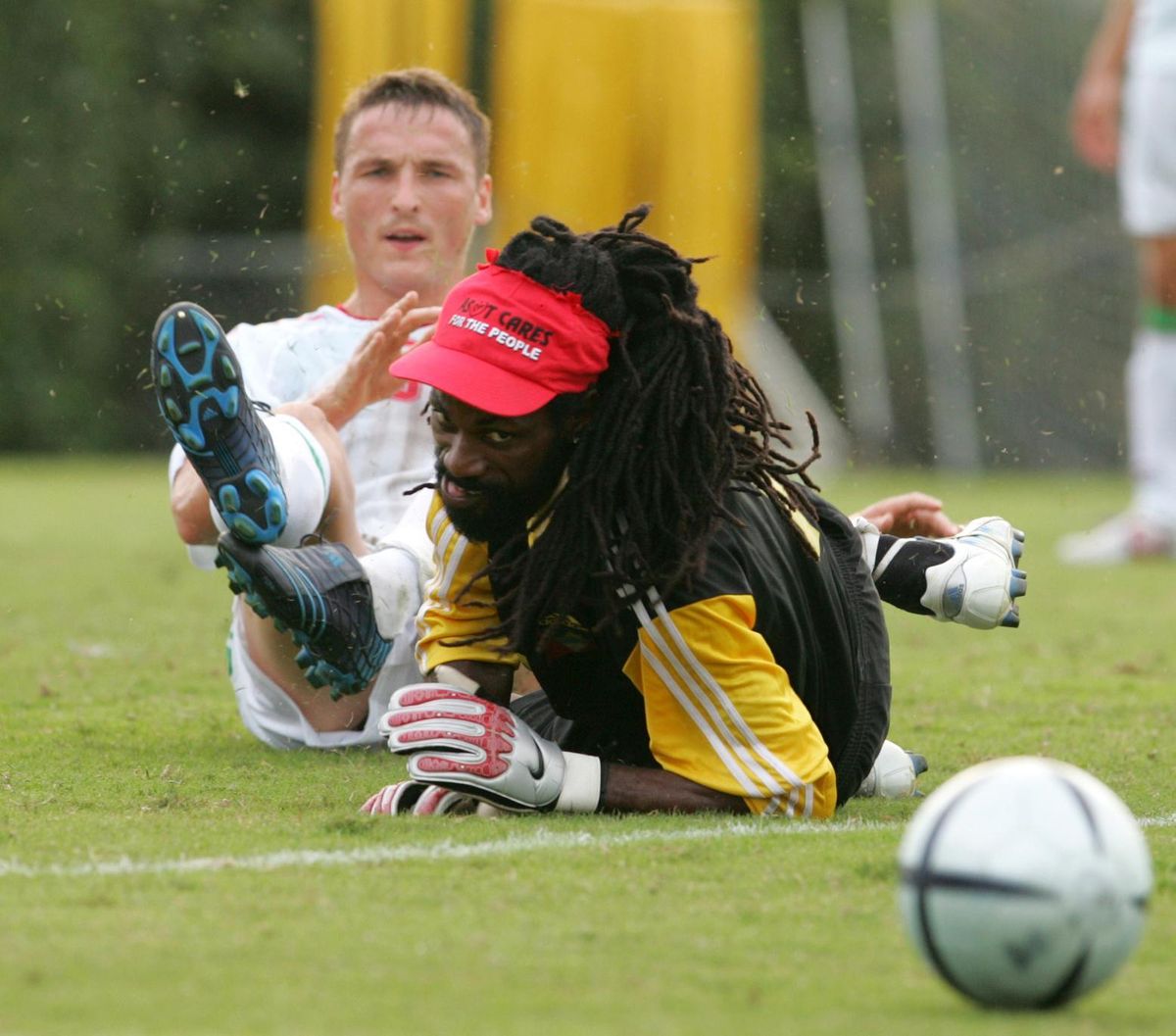
For the latter and geographical reasons, we start with the match against Antigua and Barbuda, a match that is memorable in many ways. So, let's go from the CONCACAF zone (North and Central America). Lothar Matthäus of Germany, the national team head coach for Hungary, had already been the subject of much criticism and had tried out more than fifty players for the national team that year. However, he had managed to arrange a friendly match tour to the United States in December 2005. We lost to Mexico in Phoenix, Arizona, on December 14 (December 15 in Hungary) and were due to play Haiti on the 18th, but the opponents unexpectedly canceled the game. A replacement had to be found, and two days before the match, he managed to persuade the Antigua and Barbuda Football Association to join. The "national team" of the country of 70,000 inhabitants clashed against us in Miami on the University of Florida's football field in front of around 150 local students. According to the malicious people, the team that is ranked 155th in the FIFA world rankings and which played its first-ever match against a non-CONCACAF opponent in this clash didn't have only footballers in its squad – two or three of them were baseball players who could jump in. Not that the Hungarian national team was made up of any big names, but it was a mockery that Ákos Koller, Csaba Regedei, Vince Kapcsos, and Árpád Majoros were allowed to play on the squad. The Hungarian team won 3-0, but the farce was not without consequences: the Hungarian Football League officially protested against the discrediting of the national team. In its opinion, the tour caused serious moral and financial damage to Hungarian football, and the MLSZ board had to be convened because of the scandal. It was Lothar Matthäus' last game as Hungary's national team head coach, and shorty, he signed for Brazilian club Atlético PR...
Our national team has played ten official matches in this geographical region. With the exception of two in the United States and one in San Salvador, the rest were played in Mexico, including three in Irapuato. The second of these was against the Soviet Union at the 1986 World Cup where the team wasn't quite joyous, but its result should now be covered with darkness as part of the otherwise happy anniversary... (See the attached infographics.)
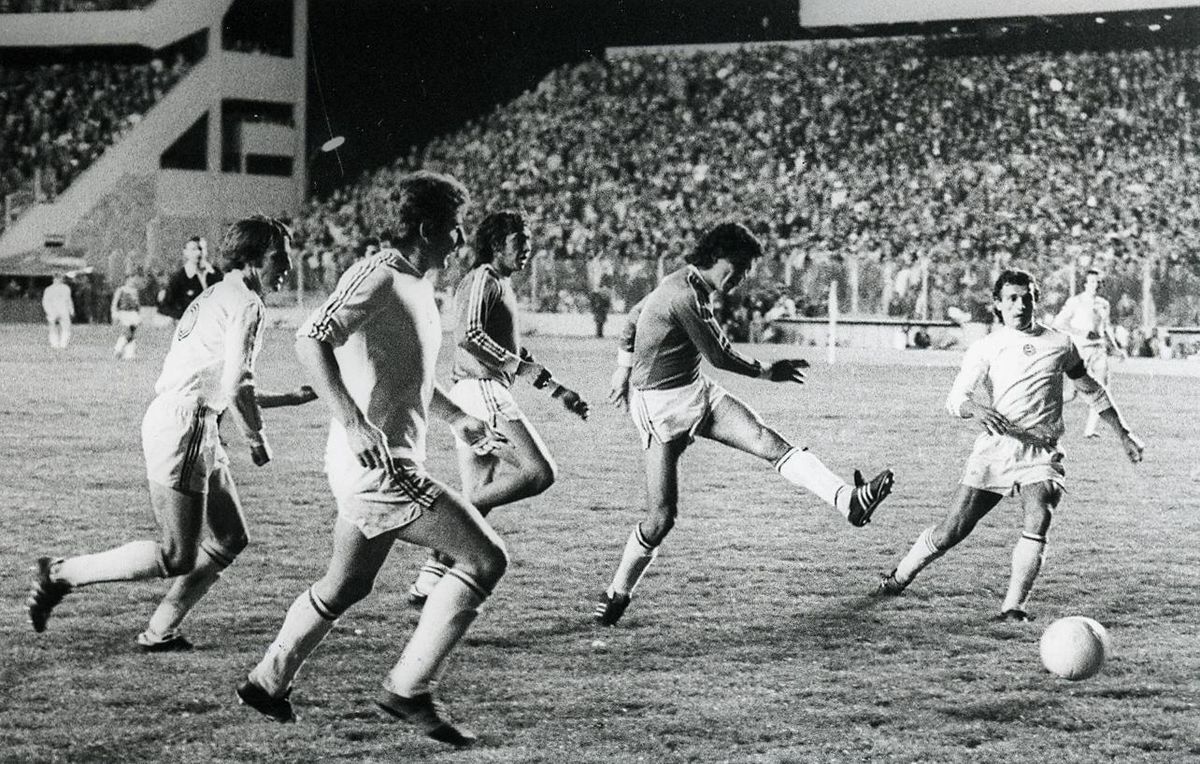
South America: no red card for two yellows at an altitude of 3650 meters
So far, the Hungarian national team has played fifteen official matches in South America, the other acropolis of football besides Europe. Seven of these matches were at World Cups: four in Chile in 1962 and three in Argentina in 1978. The scenery in Chile was not very varied as Lajos Baróti's team played all three group matches (2-1 win against England, 6-1 against Bulgaria, 0-0 with Argentina) and the quarterfinal against Czechoslovakia (0-1) in Rancagua. Sixteen years later in Argentina, the team that was still (again) led by Lajos Baróti, played in Buenos Aires and Mar del Plata, but lost all three games against the hosts (1-2), Italy (1-3) and to France (1-3).
The most extreme South American location was in La Paz, Bolivia. At the end of the qualification series for the 1978 World Cup, Hungary had to play an intercontinental qualifying round against the third-placed team from the South American zone. Lajos Baróti, the head coach, was most concerned about the altitude, not knowing what the oxygen-poor air in the Bolivian capital could do to his players. The national team was playing at 3650 meters above sea level, the highest altitude at which they had ever played an official match. However, the 6-0 victory in the first match ensured a relaxed game: on Saint Andrew's Day, the national team won 3-2 in Bolivia, led by András Törőcsik, and qualified for the World Cup after twelve years. But the Dutch referee, Charles Corver, must have been disturbed by the high altitude, too, because he gave István Kocsis two yellow cards but did not send him off. He received the first yellow in the 12th minute for a dangerous slip, and the second in the 49th minute when he was about to take a free kick, Sándor Pintér, who was tying his boots, delayed the free kick, and the referee mistakenly showed Kocsis another card for this. He later realized that he had committed an error of judgment, so he corrected his report to FIFA by giving the second yellow to Zoltán Kereki (who was nowhere near the incident) instead of Kocsis...
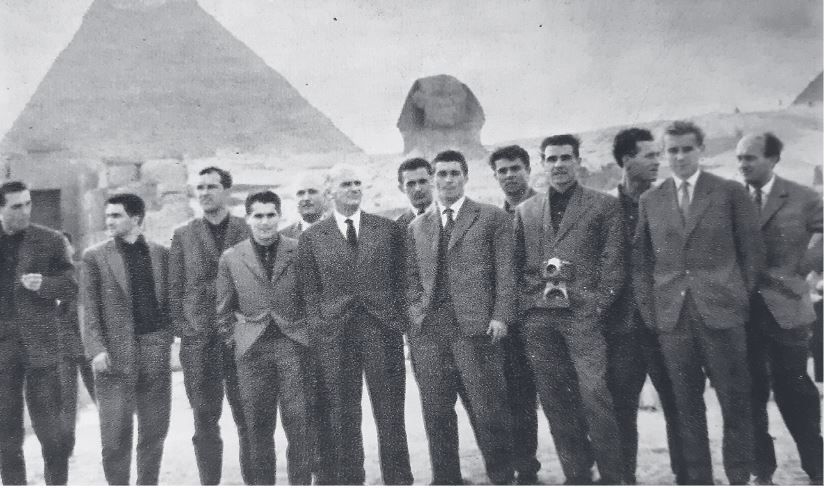
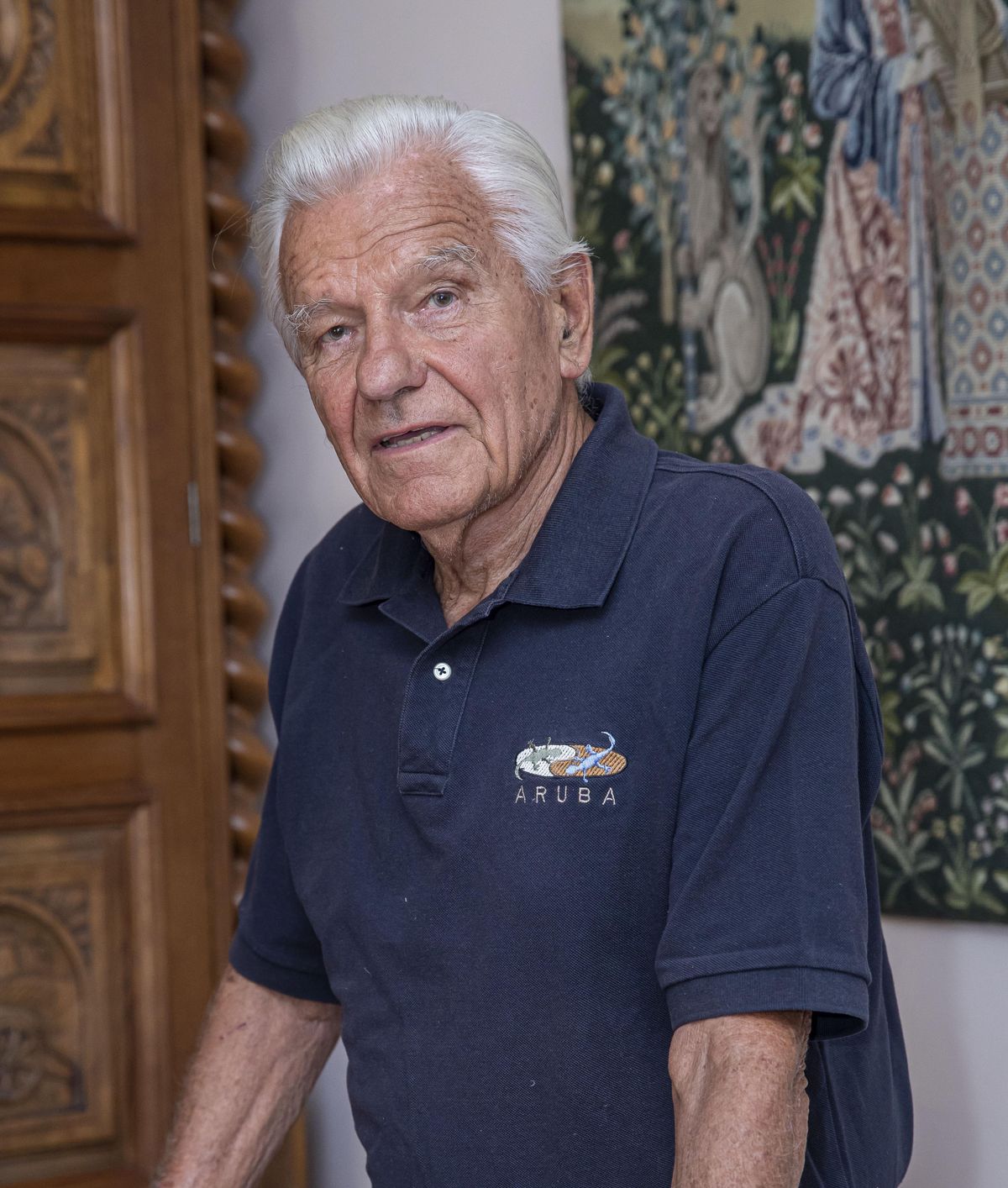
Africa: we didn't go further than the land of the pharaohs
Although there are almost 60 countries in Africa, in the 120-year history of the Hungarian national team, they have played only one official match on the continent: in Egypt, and only three times with the first being in 1932. The team, led by head coach dr. Lajos Máriássy, was a little apprehensive about the match, as it was the first game between the two countries since the "plagues of Egypt" (3-0 to the Africans) at the 1924 Paris Olympics. The match, played in front of 6500 spectators, was by all reports essentially unwatchable with no goals scored. In February 1961, however, the team preparing for the World Cup qualifier against the GDR in April played in a festive atmosphere in Cairo: the new Olympic Stadium was inaugurated with this match. Egypt, and more specifically, the United Arab Republic (the union of Egypt and Syria was created in 1958 to implement the ideals of pan-Arab nationalism but was dissolved in 1961 with the withdrawal of Syria), put together a strong team, and almost the same squad won the African Cup of Nations three months later, also at home. The match was decided in the second half, between the 70th and 72nd minutes, with two goals from Flórián Albert. Two days later, the two teams played an unofficial match between Cairo and Budapest, which we won 5-2. The players were also taken to the desert to ride camels, but Károly Sándor refused to get on the animal, saying, "I'll stay true to the national characters: if they're four-legged, I'll vote for horses..."
Oceania: the referees in New Zealand blew the whistles to support the home team, but it was all in vain
In preparation for the 1982 World Cup, the team led by Kálmán Mészöly visited the Oceania region where our national team had never played before and hasn't competed since then. First, they played a series of unofficial matches in Australia, mainly against ad hoc teams from big cities or states, or against clubs organized by Hungarians there. They flew to New Zealand where they played two official matches. Both were against the hosts, and we won both games 2-1 with only NB I players. They were more like party games really, even the referees were New Zealanders who helped their home team considerably in both games, but even so, they could only narrow the gap between the two teams.
Asia: Had József Bozsik known...
If in 2004, for some PR reason, head coach Lothar Matthäus had not dragged the national team to Tianjin in China, and a few months later to Bangkok, the capital of Thailand, we could say that outside Europe, the Hungarian national team had only lost matches in Central and South America. In Africa and Oceania, they didn't lose, but they did twice in Asia at these matches. Moreover, the squad didn't lose to an Asian team but to Slovakia at the so-called King's Cup in Bangkok where Vilmos Vanczák, who later had 79 caps, made his national team debut there. As did Krisztián Vadócz, who has since become a world traveler, and another "legend," Manchester United slayer Béla Koplárovics.
Of our seventeen Asian matches, the Lebanon-Hungary match in Beirut in 1956 is the most interesting one as it was registered as a Lebanon-Budapest national team match, but of course, it was actually the Golden Team playing, including Ferenc Puskás, Nándor Hidegkuti, József Bozsik, Mihály Lantos, Jenő Buzánszky with Gusztáv Sebes on the bench. MLSZ subsequently listed this match as an official national team match, which made József Bozsik have 101 caps for Hungary, although this would have been his 71st only. He died young, therefore he never learned that he had not retired with 100 but with 101 caps.
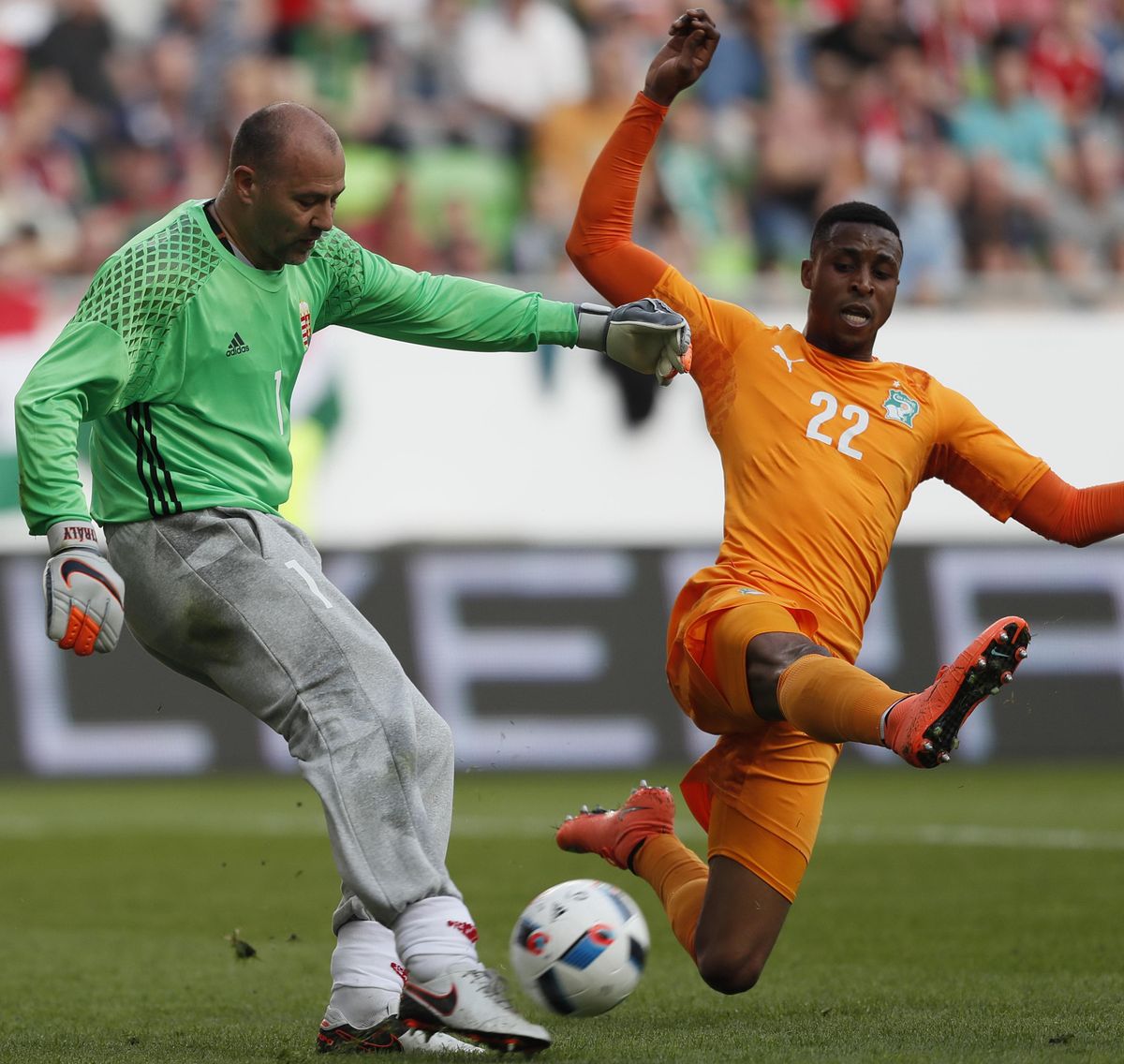
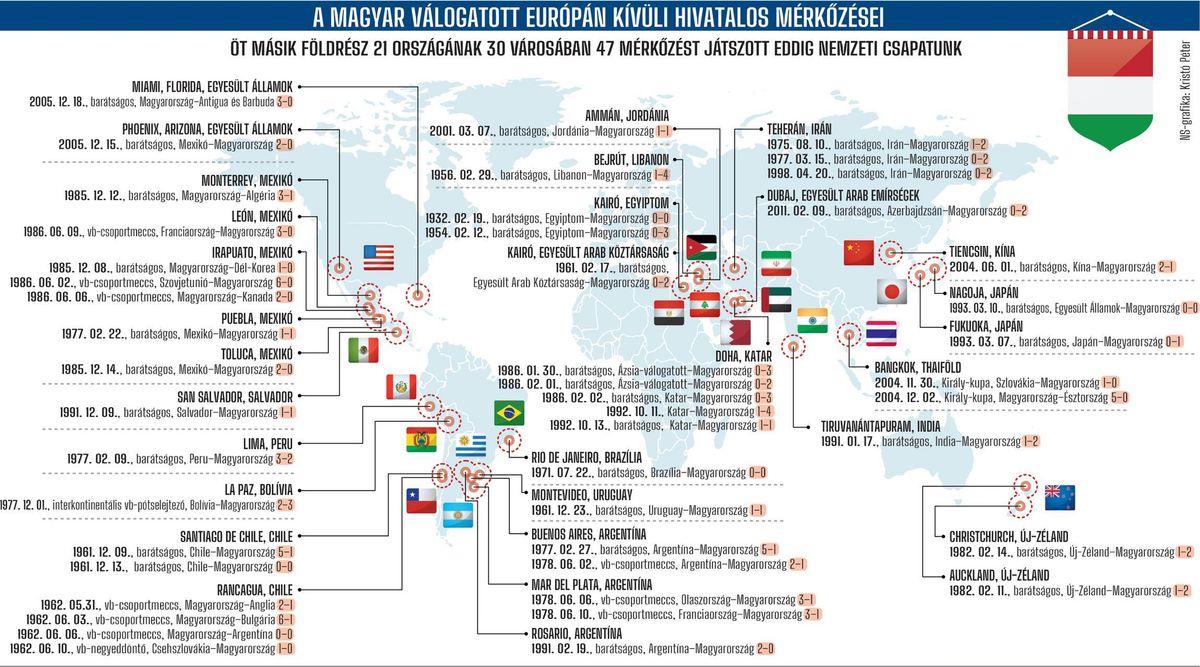
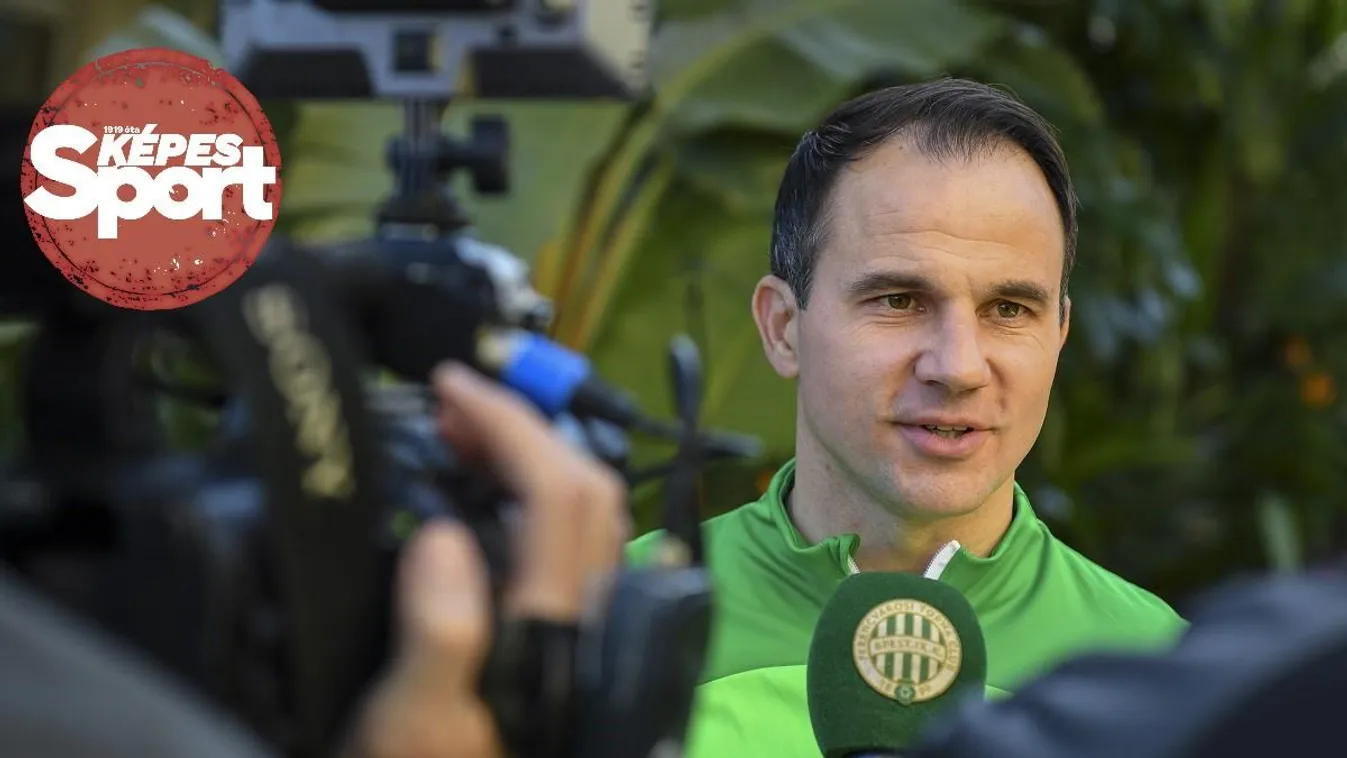
Tamás Hajnal: Ferencváros’ primary mission is success!

Davis Cup: Zoltán Nagy says the team did everything to win
